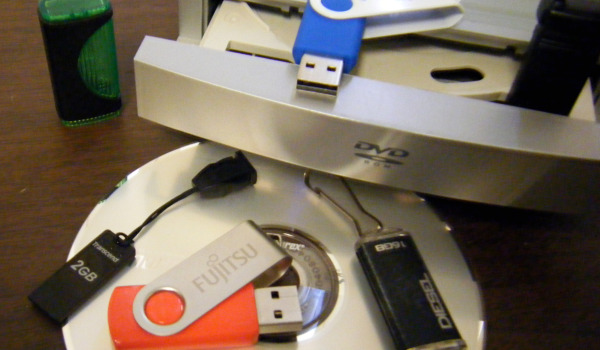
Right-click on it and choose "Initialize Disk". The SSD should display as "Not initialized".Go to My Computer/This PC > Storage > Disk Management.It's adequate to connect the SSD as an external hard drive without making efforts to uncase your desktop computer for installation. Regarding you prepare a brand new SSD, Windows may ask you to initialize SSD to GPT or MBR for use. How to Connect SSD to Your Windows Computerįor both desktop and laptop, you'll need to use the compatible connection method to correctly connect the new SSD to your computer. Here we will introduce the detailed steps of each process one by one. Namely, connect the SSD to your computer, clone the system from HDD to SSD, and replace the old hard drive with the new one.

There are three processes involved when installing a new SSD on a computer. How to Install an SSD on Laptop/PC Without Reinstalling Windows

By employing the HDD to SSD system clone method, you can keep all your data on the previous HDD and you can set it to run overnight to save your time. There is a no-brainer way for you to move Windows installation to the SSD - it is called 'system clone'. It downloads necessary individual CAB files and assembles those into an ISO on your machine, which takes longer and uses CPU.If you want to make a big swap from an HDD to a prevailing SSD, in this case, you must be interested in how to install an SSD without reinstalling Windows. A fresh/ clean install relies on a Windows installation disc and a repeated job of reconstructing computer data. Otherwise it only provides a Media Creation Tool, and it sucks. You do need to use a non-Windows OS (or change the browser User-Agent to non-Windows ones) so that MS website provides the prebuilt ISO link. To OP, just download the ISO straight from Microsoft. Also nowadays no regular home user should install 32-bit Windows. If you opt to install Home the installer will just ignore Pro-specific files from install.wim. File downloaded straight from MS includes both versions in single ISO (it's basically a Pro version) unless you run scripts from UUPDUMP to exclude the Home version. You don't need a separate Home and Pro version of ISOs. The biggest file "install.wim" only exceeds 4 GB in the latest few versions and it is the single file needed. Windows 10 Pro could easily fit into 8GB of USB drives. It'll make it so you have a handy way to reinstall to any system you want.

BTW, 8gb is basically the minimum flash drive size, but if you want to get 32 and 64 bit, Home and Pro versions, get at least a 32gb flash drive.


 0 kommentar(er)
0 kommentar(er)
